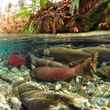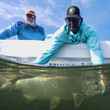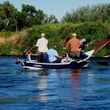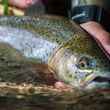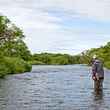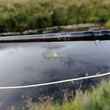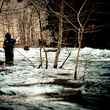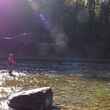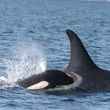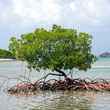November is striper time in New Jersey. Schools of striped bass that have remained in waters farther north finally return to the waters of coastal New Jersey, to be greeted by many a waiting angler. Once November rolls around, I try to get down to the beach as often as I can. Given that the steelhead rivers of the Great Lakes are at least four to five times a farther drive for me, these returning stripers are the best show in town. For the last couple of years, I've been making due with a mutli-tip line system that ventures to be, and accomplishes doing so fairly well, a line system that can fit any purpose. Even though this multi-purpose line hasn't been a thorn in my side, it also isn't ideal and I've known for some time that I wanted to start fishing lines specifically tailored for the task at hand. The reasons are obvious, so I won't go into them here.
Most often, when fishing for stripers, I'll fish an intermediate line. Something that sinks at around 1-3 inches per second. However, in New Jersey and elsewhere, a good deal of my fishing is done from jetties. When fishing from the jetty or in particularly rough surf, I'll often prefer to use a full sink line. On a few recent, premature trips to the beach in search of stripers that hadn't yet shown up, I had the chance to test out Airflo's Sniper Sink 7. This is one of Airflo's fastest sinking cold saltwater lines. Unlike the Ridged Striper series of lines in Airflo's cold saltwater lineup, this line is un-ridged. If you're unfamiliar with Airflo's ridge system, it is a unique style of fly line coating that allows for tremendous shootability.





